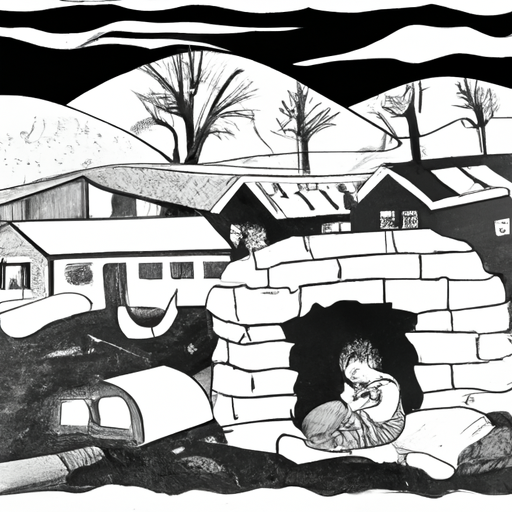The Adverse Effects of the Opioid Crisis on the Small Nation of Canada and Innovative Efforts to Mitigate Them
While the overwhelming effect of the opioid crisis has significantly impacted large urban areas across Western parts of Canada, it is equally essential to focus on its devastating effects on smaller, rural communities and Indigenous nations. As a case study, let’s look at the First Nations community in British Columbia’s Great Bear Rainforest(source).
Effects of the Opioid Crisis on this Small Nation
The opioid crisis has not left any stone unturned, be it a large city or a small First Nations community. The crisis has fuelled an increase in crime rates, homelessness, disenfranchisement, and most importantly, a steep rise in the number of preventable opioid-related deaths.
Crime
The opioid crisis has resulted in an upsurge of crime, particularly petty theft, as those suffering from opioid addiction often resort to such actions to sustain their addiction. Despite the efforts of local law enforcement, the rising crime rate remains a constant issue.
Homelessness
With the opioid crisis intensifying, homelessness rates have soared. Those struggling with addiction often find themselves unable to maintain stable housing, leading to an increase in homelessness and transient lifestyles.
Opioid-Related Deaths
The most alarming consequence of the opioid crisis is the staggering number of opioid-related deaths. In 2018, Canada registered nearly 4,500 apparent opioid-related deaths, with British Columbia accounting for about 31% of these deaths.
Efforts to Combat the Opioid Crisis
Despite the numerous adversities, this First Nations community of the Great Bear Rainforest is taking significant strides to mitigate the impact of the opioid crisis through various innovative and community-based strategies.
Naloxone Programs
The community has incorporated the use of naloxone, a life-saving opioid antagonist that reverses the effects of an opioid overdose. Training programs on how to administer naloxone have been initiated, leading to increased public awareness and preparedness in overdose situations.
Canadian Opioid Abatement Class Action
Through the Canadian opioid abatement class action, the community is seeking reparations from over forty opioid manufacturers and wholesalers. The funds recovered will be used for treatment, prevention, and harm reduction services, thereby addressing the opioid crisis effectively.
Key Takeaways
- The opioid crisis has significantly impacted small rural communities and Indigenous nations, leading to increased crime, homelessness, and opioid-related deaths.
- The First Nations community in British Columbia’s Great Bear Rainforest is fighting back by implementing naloxone programs and pursuing the Canadian opioid abatement class action.
- By focusing on community-based solutions, the hope is to create a resilient system that can adapt to the continuing challenges posed by the opioid crisis.
Conclusion
In conclusion, the opioid crisis is a complex issue that requires a multi-faceted approach to address effectively. It is therefore important for governments, civic leaders, and community organizations to work collaboratively to prioritize strategies that focus on prevention, treatment, and harm reduction. The resilient response of the First Nations community in the Great Bear Rainforest serves as a testament to the power of community-based strategies in combating the opioid crisis and its devastating effects. It is hoped that such efforts will inspire similar initiatives nationwide as we continue to address the Canadian opioid epidemic.
